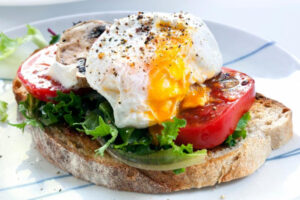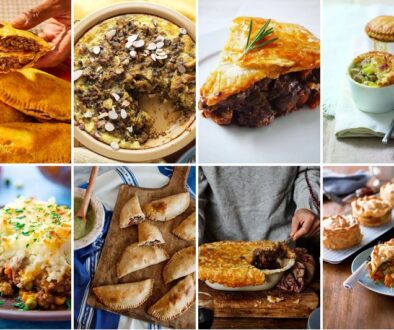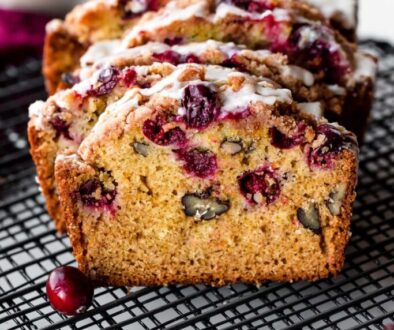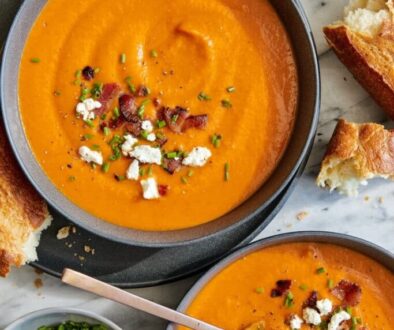Nutrition 101 – Calorie Craze
In our lifelong quest to stay trim, the burning question we ask is how many calories should we eat a day? While recommended daily caloric intake in the United States is about 2700 calories for men and 2200 for women, the amount of calories we need to eat depends on multiple factors, including age, size, height, lifestyle and overall health.
Instead of precisely counting calories, people should be focusing more on eating a healthy and well balanced diet, being physically active, and roughly balancing how many calories are consumed with the numbers burnt off each day. Swedish researchers reported in the American Journal of Clinical Nutrition (July 2013), that eating five portions of fruit and vegetables per day will actually lead to a longer lifespan.
Timing in terms of when the calories are derived can also be important. Studies indicate that having a large breakfast is ideal for losing weight and can reduce the risk of diabetes, heart disease, and high cholesterol. A big breakfast can help satisfy your hunger and keep you feeling full for the whole morning. If you do this every day, you’ll probably end up consuming fewer calories, which can translate to weight loss. This occurs because your stomach stays full so you’re not tempted to eat high calorie snacks to keep you satisfied until lunch time. In fact, according to a 2005 article published in The American Journal of Clinical Nutrition, women who skip breakfast tend to weigh more than their breakfast-eating counterparts.
How you consume calories is equally important. The longer you chew your food, the more time it will take you to finish a meal, and research shows that eating slowly can help you to eat less and, ultimately, to avoid weight gain or even lose weight. For example, chewing your food twice as long as you normally would will instantly help you control your portion sizes, which naturally decreases calorie consumption. It takes time (generally about 20 minutes) for your brain to signal to your stomach that you’re full, and this may explain why one study found people reported feeling fuller when they ate slowly. They also ended up consuming about 10 percent fewer calories when they ate at a slow pace, and presumably chewed slower, as opposed to when they were rushing.
Try this quick recipe for a hearty breakfast in a dash and don’t forget to serve fruit on the side!
OPEN FACED BREAKFAST EGG SANDWICH WITH MUSHROOMS
Source: Cooking Light
 Ingredients:
Ingredients:
• 4 teaspoons extra-virgin olive oil, divided
• 1 cup thinly sliced shallots, divided
• 1 (8-ounce) package presliced cremini mushrooms
• 2 tablespoons dry white wine
• 1/2 teaspoon freshly ground black pepper, divided
• 1/4 teaspoon kosher salt
• 8 teaspoons refrigerated pesto
• 4 (1 1/2-ounce) slices multigrain bread
• 2 ounces grated fresh Parmigiano-Reggiano cheese (about 1/2 cup)
• 4 large eggs
• 8 (1/4-inch-thick) slices beefsteak tomato
• 3 tablespoons chopped fresh basil
Preparation:
1. Heat a large nonstick skillet over medium heat. Add 2 teaspoons oil to pan; swirl to coat. Add 2/3 cup shallots; cook 3 minutes. Add mushrooms; cook 4 minutes or until tender, stirring occasionally. Add wine, 1/4 teaspoon pepper, and salt; bring to a boil, scraping pan to loosen browned bits. Cook 2 minutes or until liquid almost evaporates, stirring occasionally. Remove mushroom mixture from pan; keep warm.
2. Return pan to medium heat. Add 1 teaspoon oil to pan; swirl to coat. Add remaining 1/3 cup shallots; sauté 5 minutes or until lightly browned. Remove shallots from pan; keep warm.
3. Preheat broiler to high.
4. Spread 2 teaspoons pesto over one side of each bread slice. Top each slice with about 2 tablespoons cheese. Broil 2 minutes or until cheese melts; keep warm.
5. Return pan to medium heat. Add remaining 1 teaspoon oil to pan; swirl to coat. Crack eggs into pan, and cook 4 minutes or until whites are set.
6. Top each bread slice with 2 tomato slices. Divide mushroom mixture evenly among bread slices, and top each serving with 1 egg. Sprinkle with remaining 1/4 teaspoon pepper, shallots, and basil.
Nutritional Info
Amount per serving
• Calories 378
• Fat 19.2 g
• Satfat 5.2 g
• Monofat 9.2 g
• Polyfat 2.6 g
• Protein 20.4 g
• Carbohydrate 31.6 g
• Fiber 4.9 g
• Cholesterol 198 mg
• Iron 3.5 mg
• Sodium 623 mg
• Calcium 234 mg



